Red Deer (Cervus elaphus): Ecology, Conservation, and Management
The Red Deer (Cervus elaphus) is one of the largest deer species. The Red Deer inhabits most of Europe, the Caucasus Mountains region, Asia Minor, Iran, parts of western Asia, and central Asia. It also inhabits the Atlas Mountains region between Morocco and Tunisia in northwestern Africa, being the only species of deer to inhabit Africa. Red Deer are held in captivity for a variety of reasons. The meat of the deer, called venison, was until recently restricted in the United Kingdom to those with connections to the aristocratic or poaching communities, and a licence was needed to sell it legally, but it is now widely available in supermarkets, especially in the autumn. The Red Deer can produce 10–15 kg (22–33 lb) of antler velvet annually. The Red Deer is the fourth-largest deer species behind moose, elk, and sambar deer. It is a ruminant, eating its food in two stages and having an even number of toes on each hoof, like camels, goats, and cattle. Mature Red Deer (C. elaphus) usually stay in single-sex groups for most of the year. During the mating season, called the rut, mature stags compete for the attentions of the hinds and will then try to defend the hinds they attract.
This book explores their basic biology, taxonomy, behaviour, feeding patterns and ecology, including management for sport hunting, conservation or recovery of threatened populations, and resolution of conflict with humans in native and introduced lands. The book also deliberates on the diseases of Red Deer that are of major management concern and the center of most disease research for cervids.
Get it now and save 10%
BECOME A MEMBER

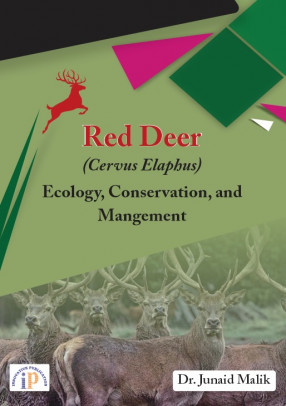
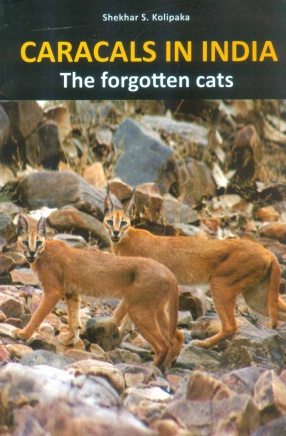
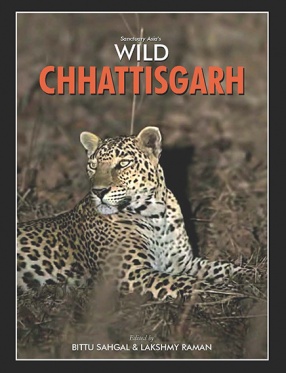
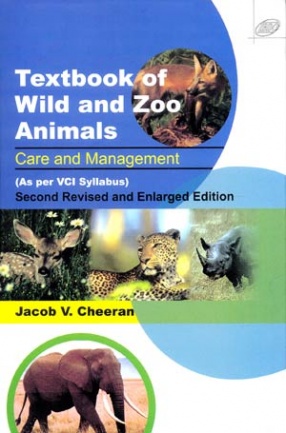
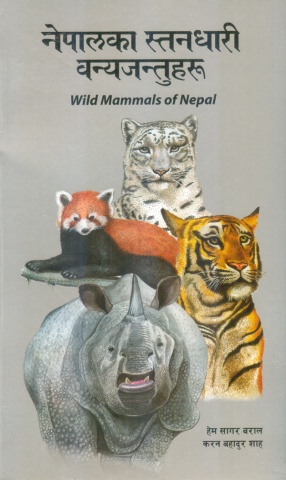

Bibliographic information